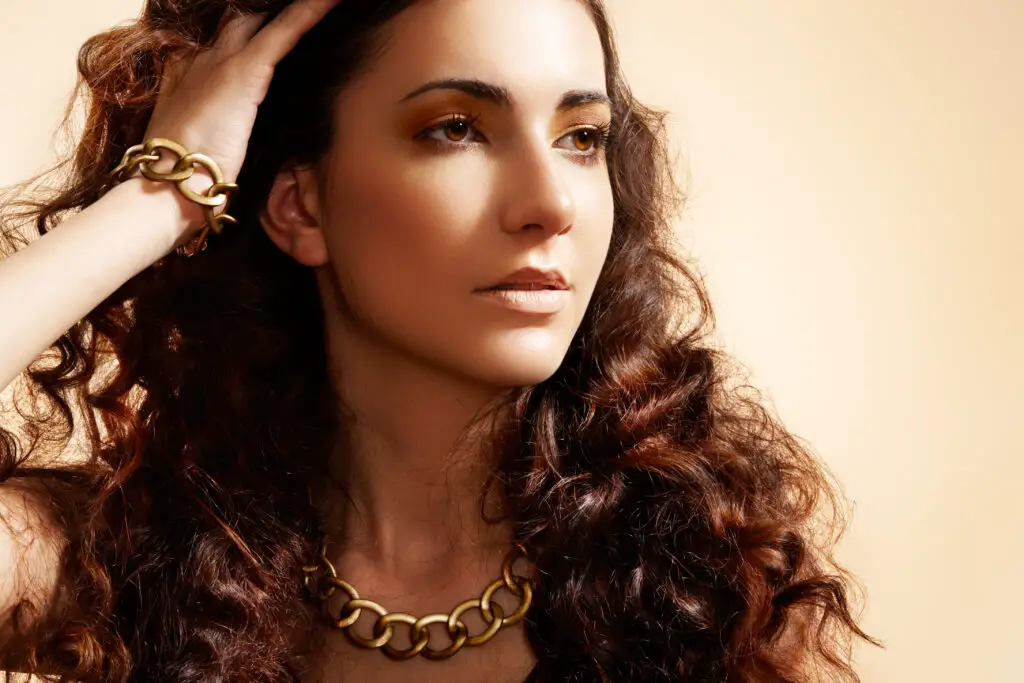Gold. It’s a symbol of wealth, luxury, and prosperity that has captivated mankind for millennia. But beyond its intrinsic value and its mesmerizing luster, gold offers a unique prospect for adventure, discovery, and the promise of tangible reward. For many outdoor enthusiasts and history buffs, gold panning and sluicing are more than just hobbies – they’re portals into the past that allow us to tap into the same vein of excitement and wonder that gold prospectors of yesteryear experienced. Ontario, with its rich mining history and a plethora of waterways that bear the glint of gold, has become a premier destination for those looking to immerse themselves in this rewarding pastime.
However, before you pack your gold pan and sluice box to start your journey, it’s crucial to understand the various rules and regulations surrounding gold panning in Ontario. While it may seem like an innocent hobby, gold panning, like all mineral extraction activities, is subject to legal requirements designed to protect our natural resources, respect indigenous rights, and ensure fairness. This blog aims to provide a comprehensive guide to the planning laws for gold panning in Ontario, offering an in-depth understanding of what you need to know before setting off on your gold-seeking adventure.
From the scenic beauty of the Madawaska River to the historic rivers of Larder Lake, and to the hushed whispers of gold in the streams of Eldorado, we will delve into some of the top panning spots across Ontario. We will shed light on the methods of panning and sluicing, and most importantly, the legality and sustainability of these practices in the province.
So, whether you’re a seasoned prospector, an outdoor enthusiast, or someone fascinated by the glimmer of gold and the stories it tells, this comprehensive guide will provide valuable insights, helping you responsibly navigate Ontario’s gold panning landscape.
Stay tuned as we journey together, following the traces of gold from our beautiful rivers to the heart of Ontario’s rich history. You’ll not only discover the thrill of finding your golden nugget but also the satisfaction of doing it responsibly, respecting the laws and the land that has so much to offer.

Can You Pan For Gold In Ontario?
Yes, you can pan for gold in Ontario, but it’s subject to rules and regulations. Generally, recreational panning is allowed in most areas, as long as it doesn’t interfere with existing mineral rights, and it’s done in a manner that is respectful to the environment and to private property.
In Ontario, mineral rights are often separate from surface rights, so even if the land is owned by an individual or a company, the rights to the minerals in the ground may belong to someone else, or even the Crown (the government). It is important to obtain permission from the mineral rights holder before panning for gold.
Additionally, certain areas, such as provincial parks and indigenous lands, are off-limits to prospecting without special permission. Always check with local authorities or relevant bodies like the Ontario Ministry of Northern Development and Mines, Parks Ontario, and local indigenous communities to ensure you are in compliance with all rules and regulations.
Remember, it’s crucial to respect the natural environment while panning. This includes not digging into riverbanks, not disturbing wildlife, and cleaning up after you are done.
Can You Sluice For Gold In Ontario?
Sluicing for gold in Ontario is generally allowed but it is subject to similar regulations as panning. Just as with gold panning, the key considerations are respecting mineral rights, private property, and the environment.
A sluice is a tool used for washing potential gold-bearing gravel to separate the heavy gold particles. Since sluicing is more disruptive to the environment than panning, additional restrictions may apply. It’s crucial to be aware of the environmental impact of your activities and to leave the area as undisturbed as possible.
You should ensure that the location you have chosen for sluicing is not ecologically sensitive or legally protected. Also, make sure that your activities do not contribute to erosion or water contamination. Always check with local authorities and consult the most recent laws and regulations.
In some areas, a prospector’s license may be required. This license grants the holder the overall right to prospect for gold in a particular area. Also, keep in mind that special permissions might be needed for sluicing in provincial parks and on indigenous lands.
As a rule of thumb, respect for the environment, private property, and local regulations should always be your guiding principles when sluicing for gold.
What Are The Laws And Regulations For Panning In Ontario?
Ontario has a rich history of mining and prospecting. However, to protect the environment and the rights of property owners and mineral rights holders, the province has implemented several rules and regulations around activities such as gold panning and sluicing. Here are the key regulations you need to be aware of:
The Mining Act: This is the primary law that governs prospecting and mineral extraction in Ontario. The Act stipulates that a prospector’s license is required to stake a claim for minerals or gold. However, recreational panning, not for commercial purposes, often does not require a license. Here’s a link to the Act for reference: Ontario Mining Act
Public Lands Act: This Act provides rules about the use of public lands in Ontario. Activities such as disturbing soil or altering waterways may require permission under this Act. Here’s the link for reference: Public Lands Act, R.S.O. 1990, c. P.43
Provincial Parks and Conservation Reserves Act: Provincial Parks and Conservation Reserves are generally protected from prospecting activities. However, certain activities might be allowed with special permissions. You can refer to the Act here: Provincial Parks and Conservation Reserves Act, 2006, S.O. 2006, c. 12
Trespass to Property Act: You must always have permission from the landowner if you are panning on private property. If you don’t, you could be violating the Trespass to Property Act. The Act can be found here: Trespass to Property Act, R.S.O. 1990, c. T.21
Remember, laws and regulations are subject to changes. Always consult with the appropriate legal authorities or bodies such as the Ministry of Energy, Northern Development and Mines for the most current rules and regulations. Also, respect indigenous rights and territories, and always obtain the required permissions before prospecting on such lands.
List Of Rivers You Are Allowed To Pan In Ontario
Gold panning and sluicing are generally permitted on crown land (public land) in Ontario, as long as it does not interfere with existing mineral rights or private property and is not in a protected area such as a provincial park or reserve.
However, it’s important to note that rules and permissions can vary, and these activities are subject to environmental regulations and the respect of indigenous rights. Some rivers may be off-limits due to ecological sensitivity or other restrictions.
As a starting point, some of the rivers and regions in Ontario known for their gold include:
Madawaska River: Known for its gold deposits, this river is a common destination for recreational prospectors.
Larder River: Located near Kirkland Lake, this river is in the gold-rich region of Northern Ontario.
Eldorado Area: The streams in the Eldorado area were the site of Ontario’s first gold rush in the 1860s.
Wawa Area: Many streams and rivers around the town of Wawa have been productive for gold panning.
Moose River: This river near Timmins has had significant gold mining in the past.
It is always recommended to contact the appropriate authorities, such as the Ministry of Energy, Northern Development and Mines, or local municipality offices, to ensure you have the most current and accurate information regarding permissions for gold panning in specific locations.
Remember, while gold panning can be a fun and educational experience, it is important to do so responsibly, ensuring minimal disturbance to the environment, respect for indigenous rights, and compliance with all regulations and laws.

